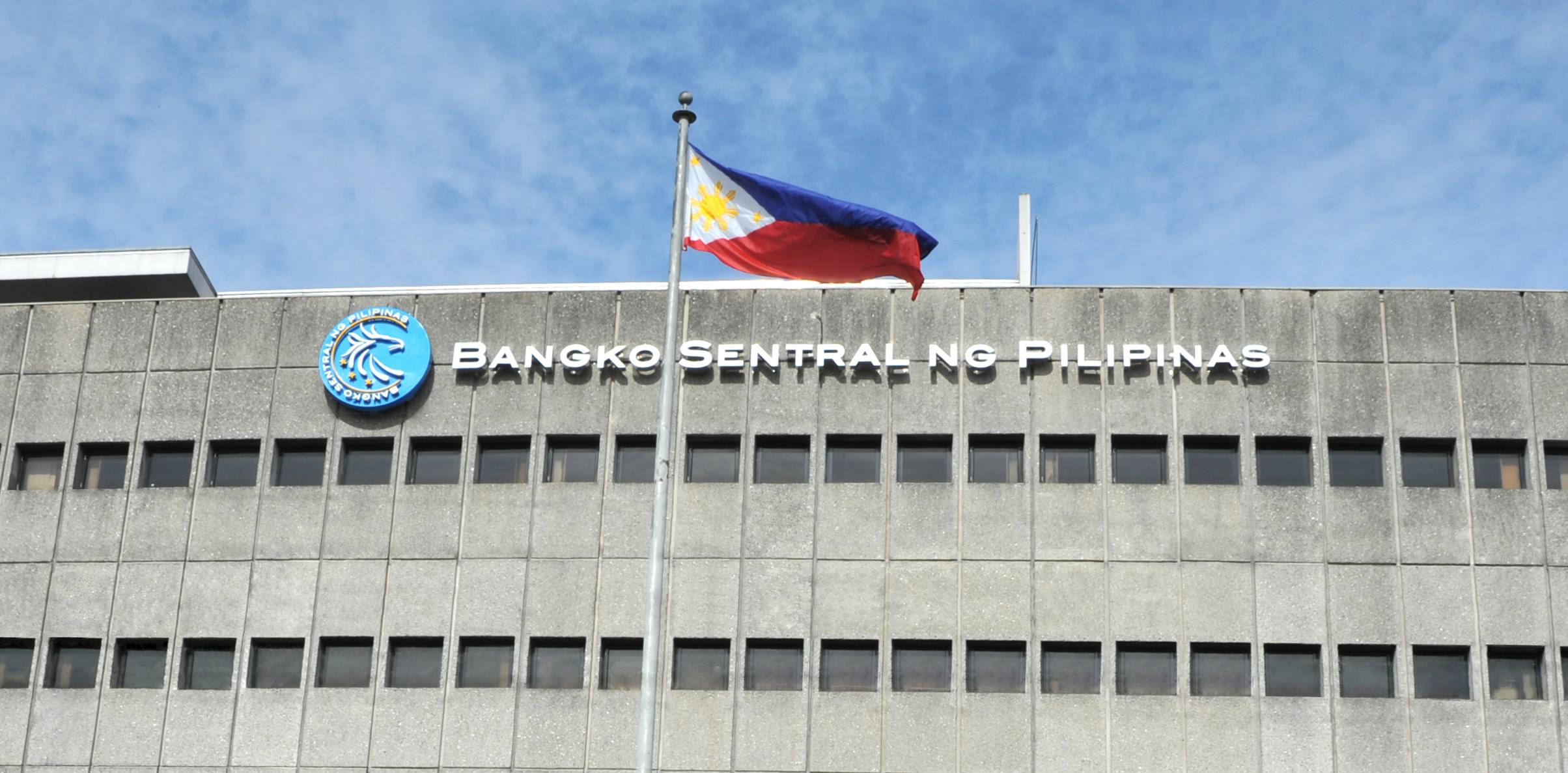Cut in banks’ minimum reserve likely this year
The Bangko Sentral ng Pilipinas (BSP) may resume cutting the cash requirements of banks before the year ends, although the economy might have to wait for more relaxed financial conditions before starting to feel the benefits of the liquidity boost.
Nicholas Mapa, chief economist at Metrobank, said the BSP might slash the reserve requirement ratio (RRR) of banks by 2.5 percentage points before 2024 ends, with the first reduction “likely to happen soon.”
Mapa believes that the RRR cut may not necessarily be announced during the rate-setting meeting of the Monetary Board (MB) since changes to bank reserves are considered simple operational adjustments and not policy moves.
READ: BSP stands firm on liquidity requirements
That said, the Metrobank economist expects the RRR reductions to happen on “any Thursday” when the MB meets regularly.
Article continues after this advertisement“With the BSP in easing mode, we expect RR reductions to be announced shortly after the (US Federal Reserve) policy meeting or perhaps after the Philippines’ September inflation data is released, which could show inflation drop to around 2.3 percent,” Mapa said.
Article continues after this advertisementAfter announcing a 25-basis point (bp) cut in the benchmark rate to 6.25 percent back in August, BSP Governor Eli Remolona Jr. said he wants a “substantial” reduction in RRR which, he stressed, is at a “ridiculously high” level of 9.5 percent.
The RRR refers to the certain amount of deposits that banks must set aside as standby funds, which do not generate returns because they cannot be used for lending activities. This is to ensure that lenders are able to meet their liabilities in case of sudden withdrawals.
By slashing the RRR, the BSP is freeing up billions of pesos in loanable funds in an economy that historically gets about 70 percent of its fuel on consumption. That said, Remolona believed that the BSP can only cut the RRR while rates are low, which can spur bank lending.
For Metrobank’s Mapa, it remains to be seen whether reducing the RRR at a time when policy rates remain at elevated levels will translate to increased bank lending and a significant boost to the economy.
“Banks that have more funds available for lending might choose to deposit this money back with the central bank, where they can earn attractive interest rates,” he said. INQ
